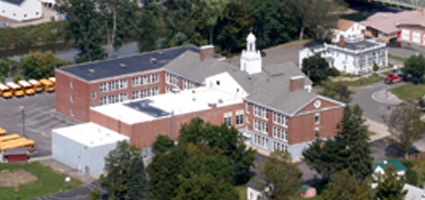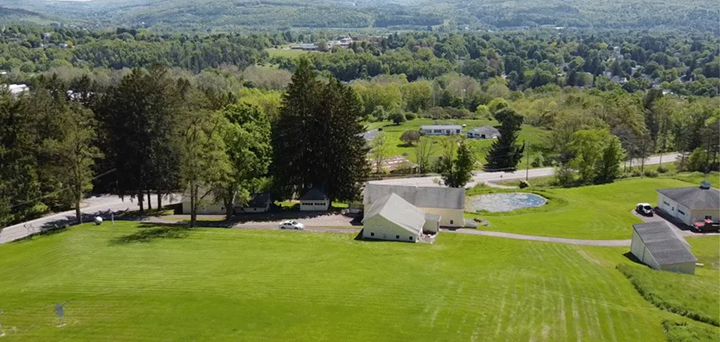Oxford begins refining latest capital project proposal
OXFORD – When district taxpayers said they weren’t ready for a large scale capital project, the Oxford school board proved they were listening by sending their architects, the Bernier Carr Group, back to the drawing board.
The result of their efforts is a $7.1 million plan designed to address the district’s most critical health and safety concerns, while leaving interior renovations and large scale modifications to a future phase two project.
“This is the base upon which we’ll move to put the scope together,” explained BCG Chairperson Pam Beyor, as she presented the preliminary budget for the first phase of the two-part capital project to the board on Monday night.
Beyor attended the school board meeting along with CEO Bernard Brown, Jr. and architect Jason Jantzi. Together they discussed the details of the project to date, which focuses primarily on items identified in a building condition study the firm prepared a year and a half ago.
At the Primary School/High School campus, there will be no costly additions or field improvements, Beyor reported. “All of that is out. What’s left are the items that were listed in the facilities report.” These items, which include building improvements at both schools, electrical work in the primary building and mechanical upgrades at the high school, add up to $923,488.










Comments